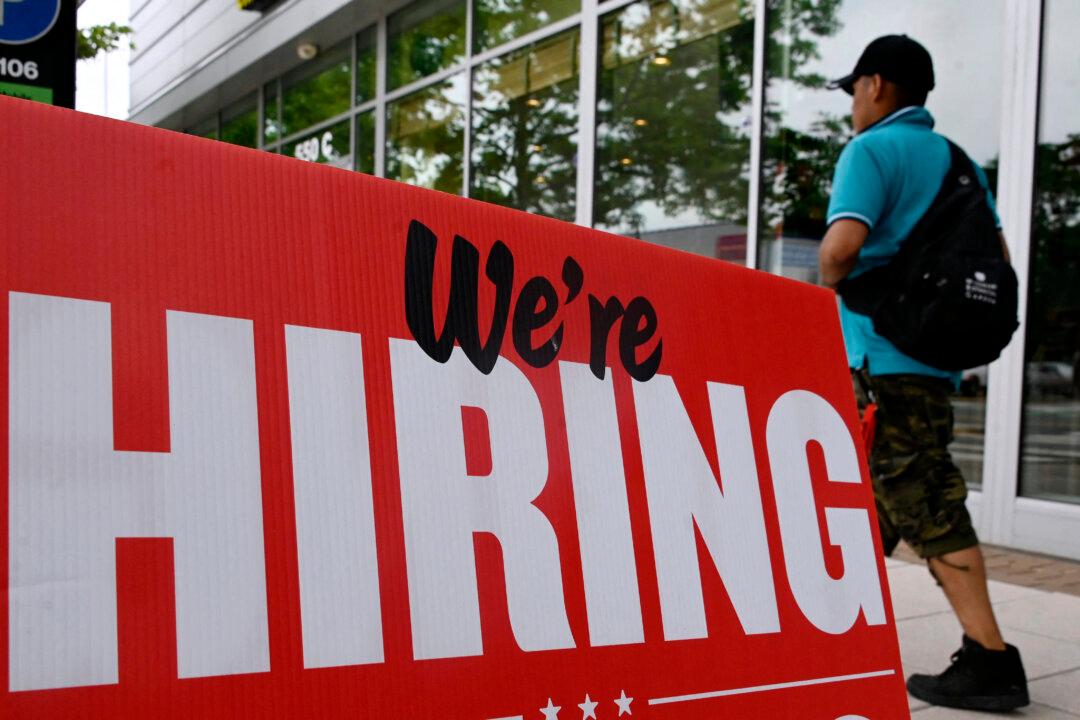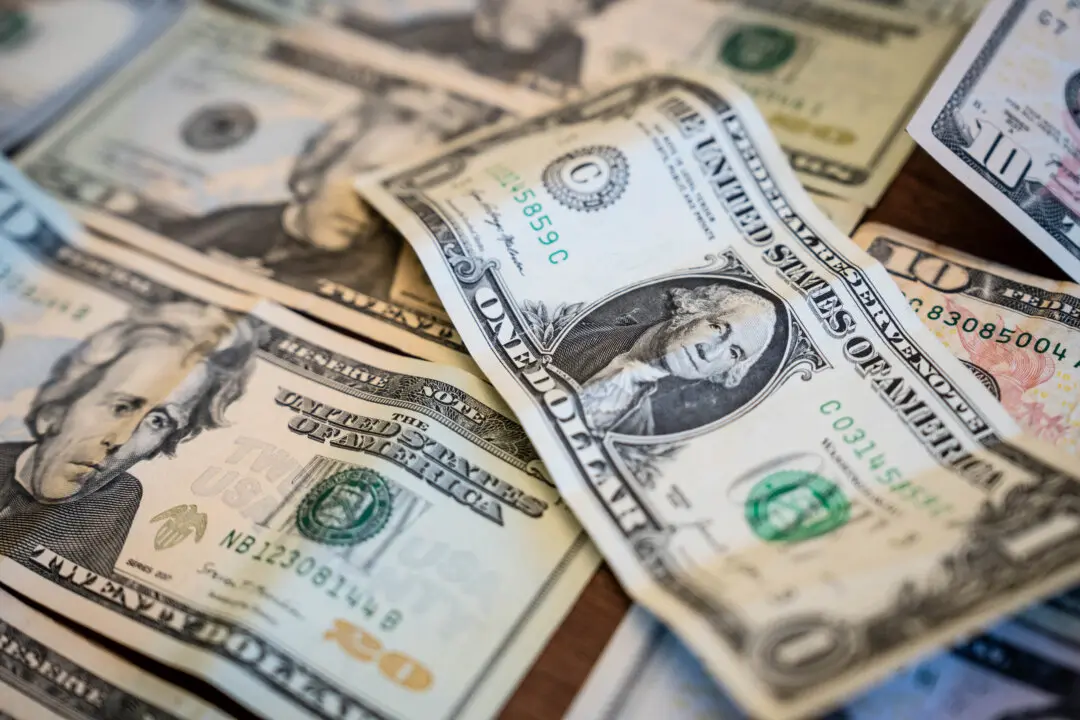The U.S. economy added 263,000 new jobs in September, down from an upwardly revised 537,000 in August, according to the Bureau of Labor Statistics (BLS). The market had forecast 250,000 new jobs last month.
The unemployment rate fell to 3.5 percent, from 3.7 percent in August. That was in line with economists’ expectations.





